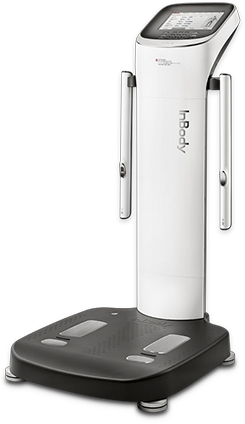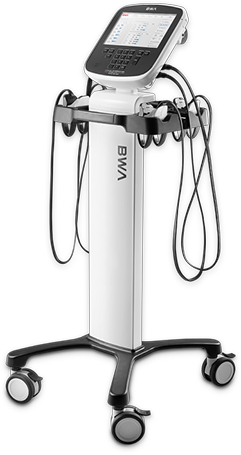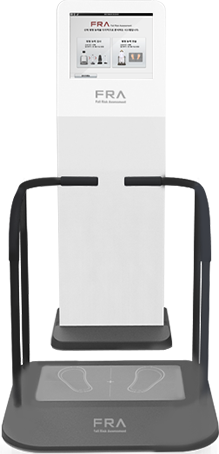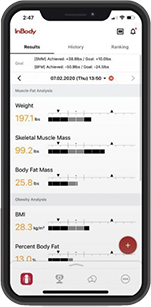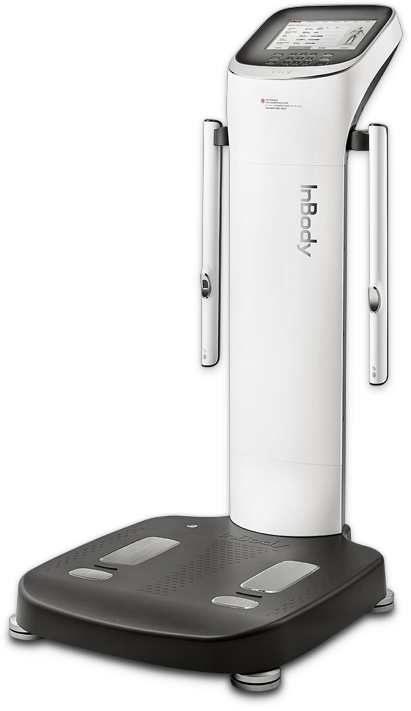
KOLAY,
HIZLI,
DOĞRU
Ödüllü BIA vücut kompozisyonu analiz cihazının öncü serisi. Dünya çapında
profesyoneller tarafından güvenle kullanılmaktadır.

KOLAY,
HIZLI,
DOĞRU
Ödüllü BIA vücut kompozisyonu analiz cihazının öncü serisi. Dünya çapında
profesyoneller tarafından güvenle kullanılmaktadır.

